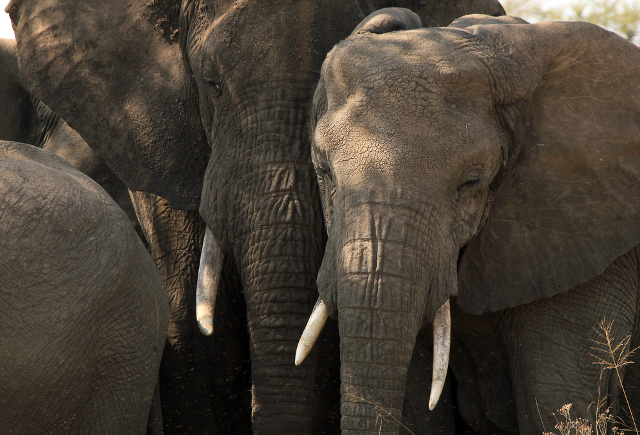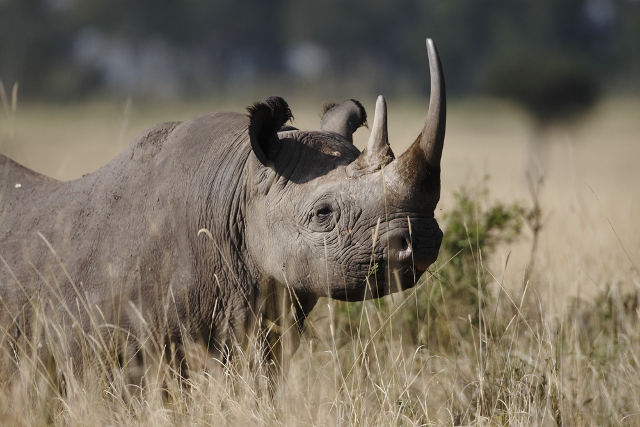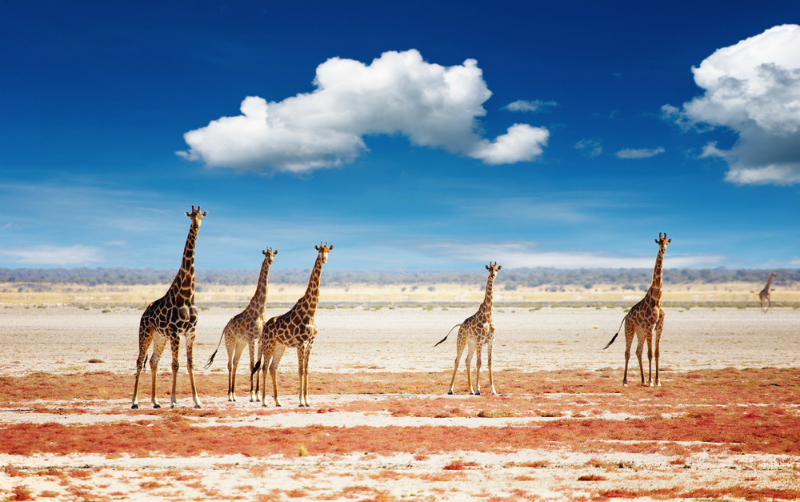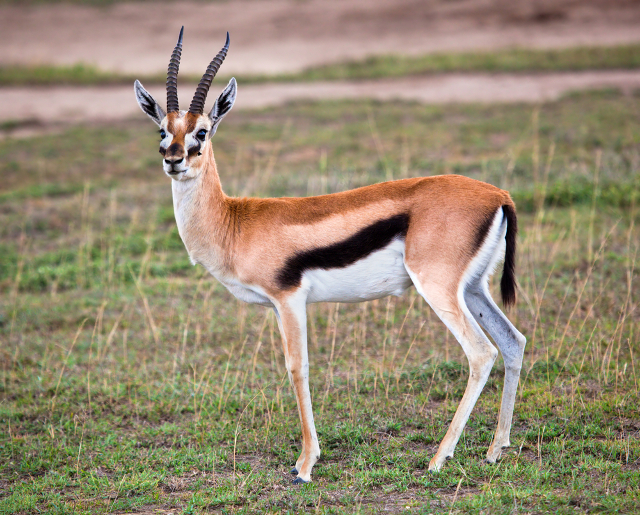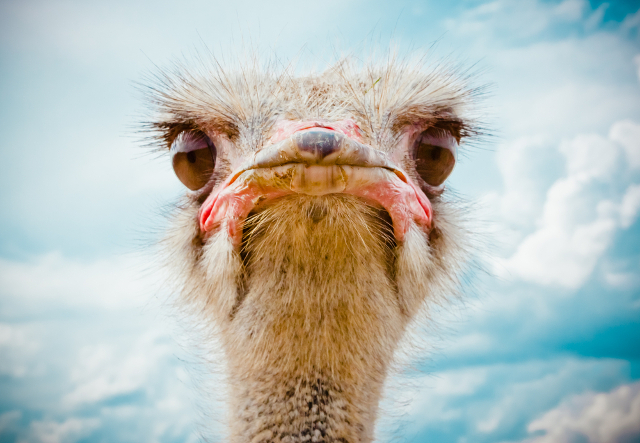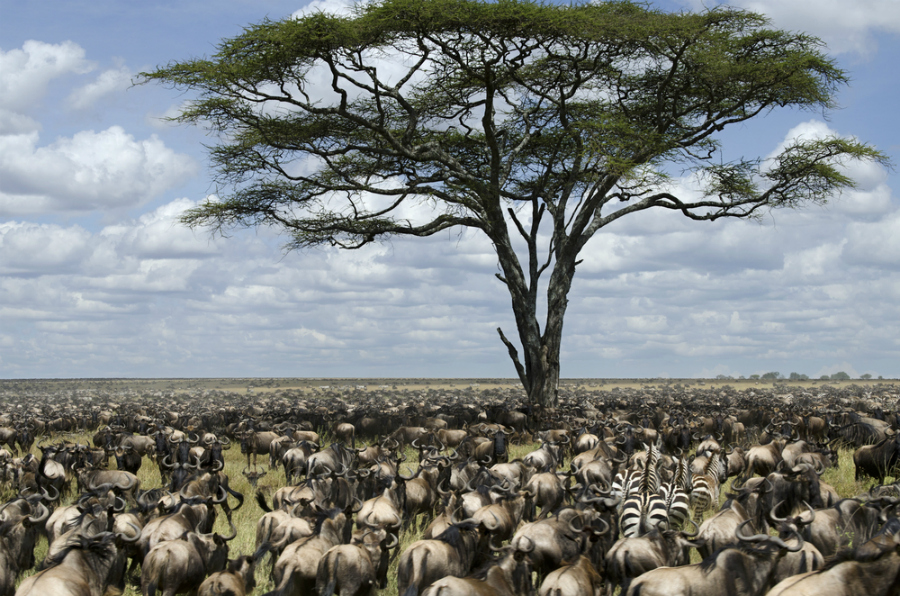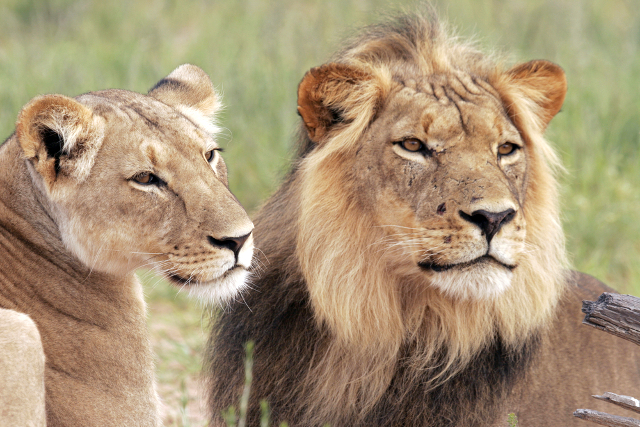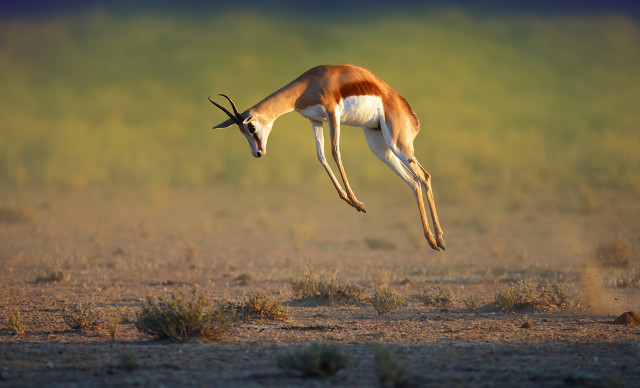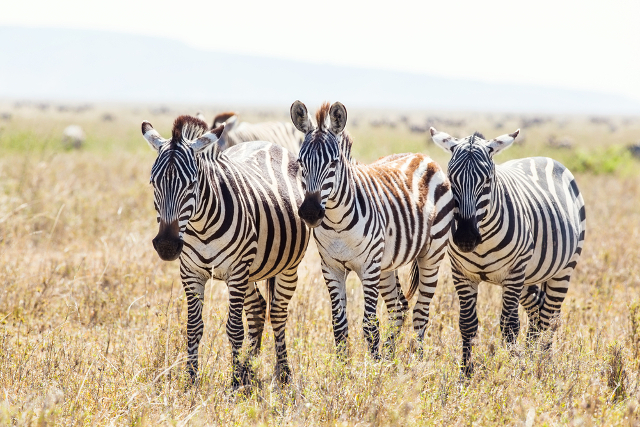Most of these animals aren’t exactly ones you should try to go up and pet. In fact, we’d suggest running away from them if you’re ever caught in their path, but since they’re some of the fastest animals on the planet…good luck! Here are 15 African animals that can outrun you.
Source: Africafreak.com
This article originally appeared on AFKInsider.com.
1. African Elephant
They usually move at a pace around 10 km/hour, but if they feel so inclined, they can approach speeds of 40 km/hour. At their top speed, elephants have at least three of their feet off the ground at once, moving mostly from the hips. And they’re heavy too…up to eight tons! They have been known to flip over cars and can easily do with just a few strides.
2. Rhinoceros
There are several types of rhino’s in Africa that can definitely outrun any human. There’s the black rhino, found in mostly Central or Eastern Africa, then there’s the white rhino, the largest species, found mostly in South Africa. The black rhino is faster, reaching 45km/hour, and the white can speed along at 40 km/hour. Oh, and don’t forget those horns on the front end, surely able to cause severe damage at ramming speed.
Sources: savetherhino.org, en.wikipedia.org
3. Hippos
They are sometimes stereotyped as over-sized and lazy, submerged under water, with their snouts sticking out for air. Or even worse, they’re a character from childhood cartoons, wearing a pink tutu and dancing around. Don’t be fooled, hippos are fast and dangerous. Some even consider them the most lethal animal in Africa. On the ground, they can reach speeds up to 48 km/hour. Hippos are also the third-largest land mammal species on the planet, after the elephant and the rhino, weighing an average of 3,600 kilos.
Source: livescience.com
4. Giraffe
Probably the most graceful high-speed sprinters, giraffes have a gait that shows off their leggy, limber elegance. Their forelegs are at least 10-percent longer than their hind legs, and they cannot maintain a high speed for long. But they can sure run away quick if there’s a lion around at 52 km/hour. Giraffes can also deliver a swift kick to any predator, so best to leave them be while they chew on leaves.
5. African Wild Dog
These little monsters usually get what they want, with an 85% hunting success rate. Found mostly in savannas, they’re known by a myriad of names including the Cape hunting dog, African painted dog, and ornate wolf. They can run up to 45 km/hour for at least five km.
Source: en.wikipedia.org
6. Thomson’s Gazelle
These animals almost appear to be lying down in the air on all fours while they run from their arch enemies, cheetahs. These marvels of nature can also make sharp turns, top out around 52 km/hour, and found mostly in the Serengeti. There are close to 500,000 in existence.
Sources: speedofanimals.com, en.wikipedia.org
7. Ostrich
This bird can’t fly in the air, but it can certainly soar across the ground. Found in South and Southwest Africa, and also across the entire north-central region of the continent, it rushes along at its highest speed of 72 km/hour. Ostriches are famous for predator evasion by hiding their heads in the sand — not out of clueless fear, but because when they’ve buried their head and neck and lie down flat, they appear to be rocks or lumps of dirt from afar.
Sources: en.wikipedia.org, speedofanimals.com
8. Wildebeest
When you have a reason to run fast, you do. They are the favored prey of cheetahs and lions. Though their eyesight is poor, they travel in packs on land and ford rivers using “swarm intelligence” instinct, making it less likely to be slaughtered if they move as one. When necessary, they can reach maximum speeds of 80 km/hour. Still, they’re no match for their top predators which catch them with ease during the Serengeti migration.
Sources: speedofanimals.com
9. Lion
“Panthera Leo,” as they’re known in scientific categorization, are African royalty. Lacking in stamina, they’re strategic hunters unable to run long distances at high speed. Lionesses are swifter and more agile than lions, and are responsible for kills for the pride. At her top speed, the lioness can run 81 km/hour.
Source: africafreak.com, speedofanimals.com
10. Cheetah
Not only are cheetahs the fastest moving land animal in Africa, but are also the top dogs (excuse us, cats) for the entire planet. They can increase their speed from zero to 103 km/hour in three seconds. Using their retractable claws for proper grounding, and tails for changing direction, cheetahs will get up to 120 km/hour if they’ve built up an appetite.
Sources: speedofanimals.com, en.wikipedia.org, africafreak.com
11. Chimpanzee
Who knew these guys were fast? But yes, Tarzan’s little friends can run at 40 km/hour (25mph), over 100 meters. So best not to get into a running competition with them.
12. Hyena
Hyenas are generally thought to be able to reach speeds of up to 60 km/hour, although spotted hyenas have been known to reach higher speeds. It is thought the spotted hyenas have adapted greater speeds in order to be able to bring down the antelope prey. Striped hyenas are scavengers, and thus have little need to move so swiftly.
13. Springbok
This delicate little antelope has been clocked at speeds of 100 km/hour.
14. Zebra
The eponymous denizen of the plains of Africa, the zebra is not as fast as a horse. However, it can still can average an impressive rate of speed, reaching up to 65 km/hour.
Related content on AFKTravel:
12 Freaky-Looking African Animals That Are Real
These African Animals Of Instagram Have Some Serious Teeth!
15 African Animals That Are So Ugly, They’re (Almost) Cute
Want to discover the finer side of Africa? Sign up for our weekly newsletter.
